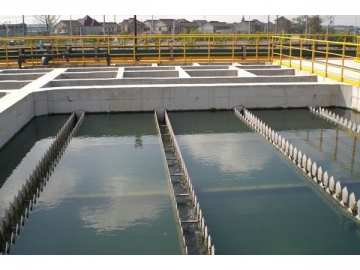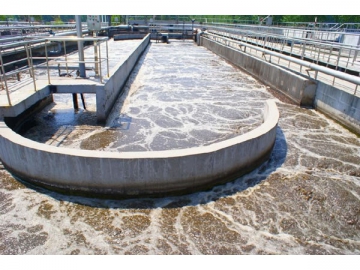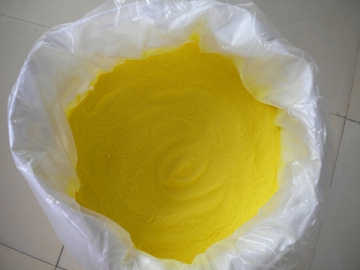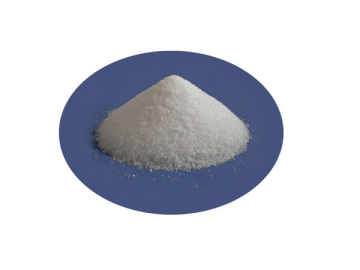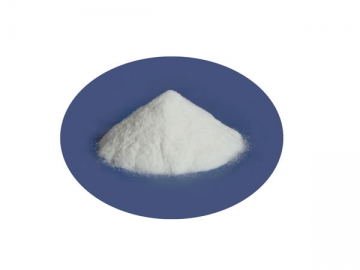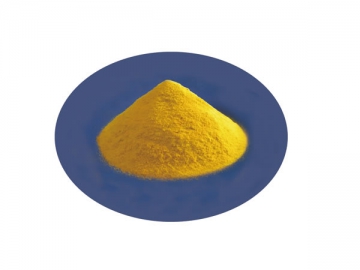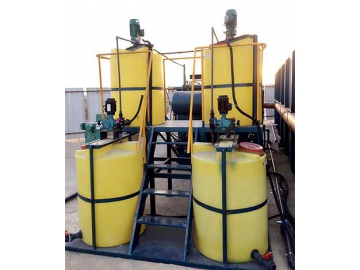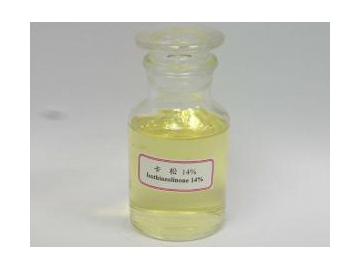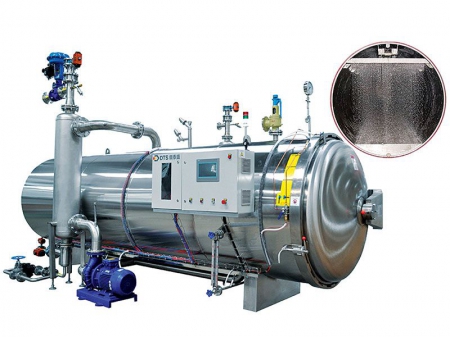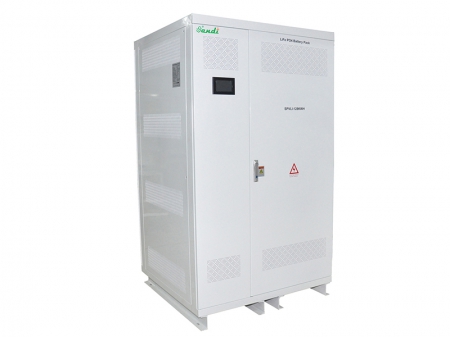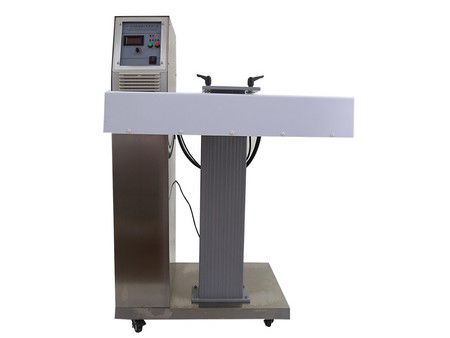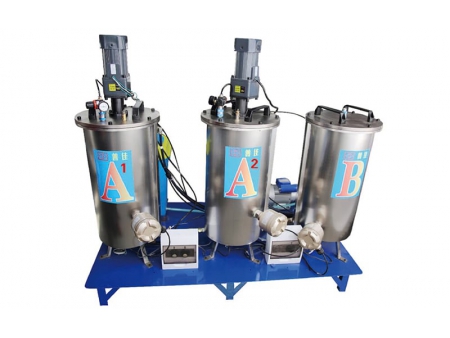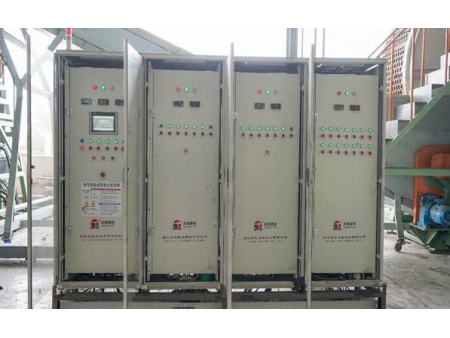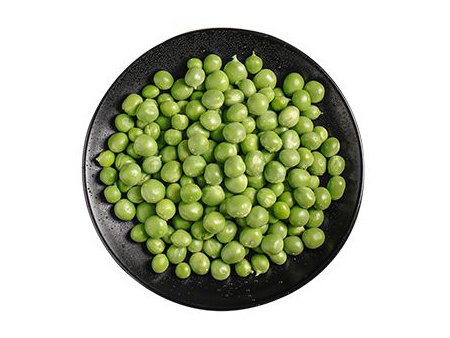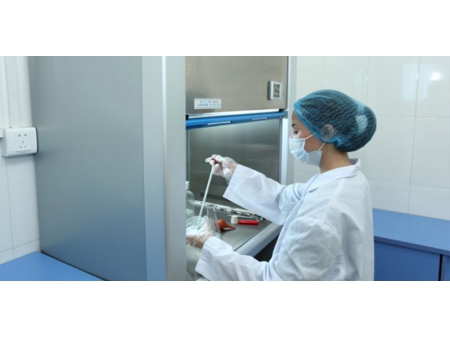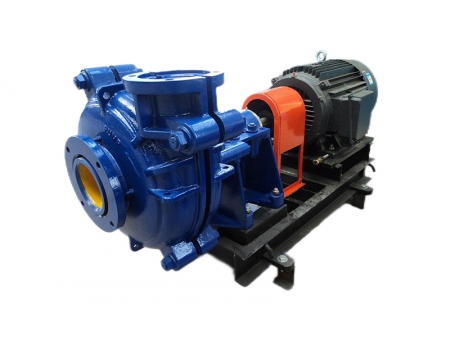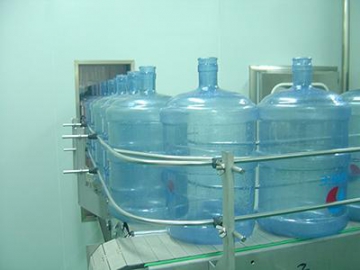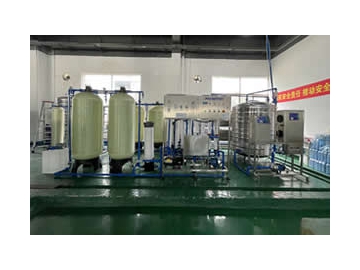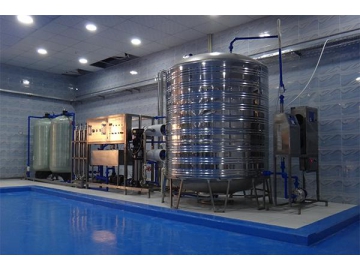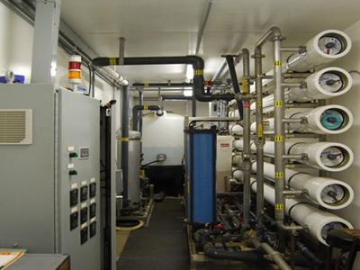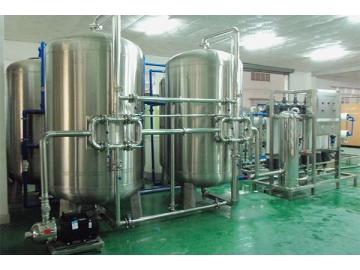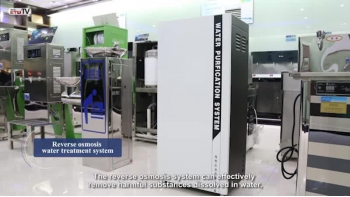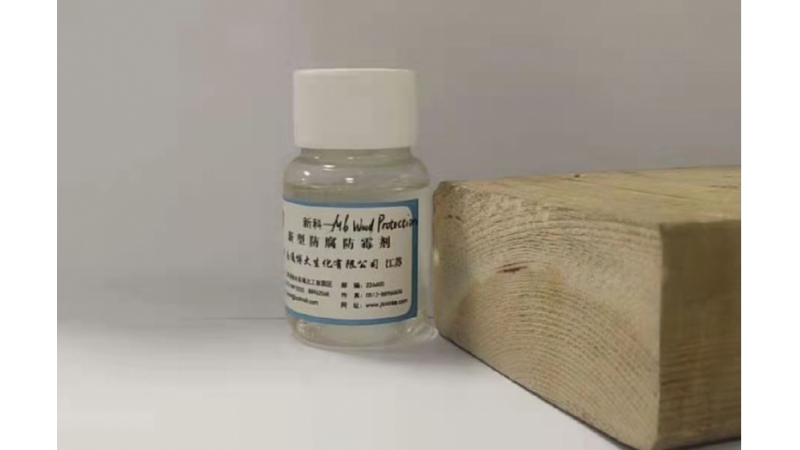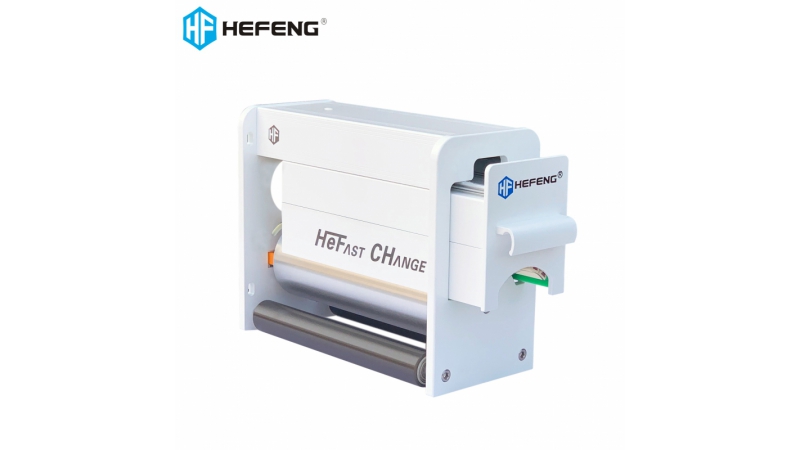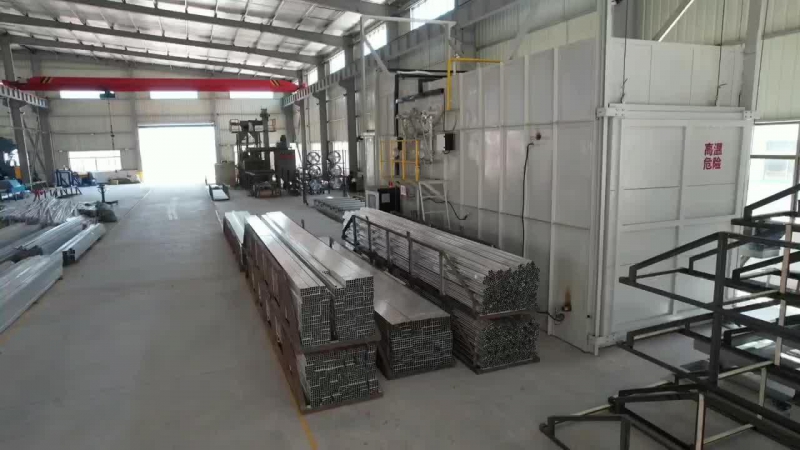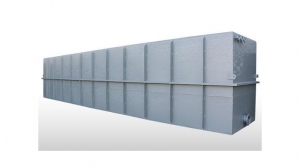Water Treatment Chemicals
Polyacrylamide, Polyaluminium Chloride and Aluminum Chlorohydrate Serve as Water Treatment Chemicals
1. Wastewater is produced from the alcohol plants, breweries, gourmet powder factories, meat plants, beverage factories, dye plants, and various sewage plants. It contains all kinds of organic solvents, the inorganic and organic sulfide, hydrocarbon, chlorine, oil, mercury, and other elements that are harmful to environment. Before being discharged, it can be flocculated with polyacrylamide.
2. Polyaluminium chloride is often used together with polyacrylamide. It is mainly used as waste water treatment chemical in industries such as the leather, papermaking, coal washing, metallurgy, mining, and more. Also, it is ideal for the treatment of wastewater which contains fluorine, oil, and heavy metals.
3. Polyacrylamide is applicable for sludge dewatering. In sewage treatment process, it is used to increase the utilization rate of recycled water. For industrial water treatment, it can act as a pharmaceutical formulation.
4. Aluminum chlorohydrate, abbreviated as ACH, is mainly used for the purification of drinking water and the special treatment of water supply. For instance, it can remove the iron, fluorine, cadmium, radioactive contamination, and the floating oil, etc.
5. Also, ACH is perfect for industrial wastewater treatment such as the printing and dyeing wastewater. In addition, it can be applied in industries including the precision casting, pharmaceuticals, papermaking, rubber, tanning, petroleum, chemicals, and the dyestuff.
6. ACH can offer higher cationic charge when compared to other aluminum salts. It can be effectively used as a flocculating agent for water treatment within a wide range of pH value from 5 to 9.5.
Other Functions of ACH in Water Treatment Area
1. Decoloring function
2. Removal of Total Suspended Solids, abbreviated as TSS
3. Removal of phosphorus, fluorine, flocculated oil, etc
4. Reduction of sediments by over 50%, or the reduction of sludge by 50%
5. The elimination of impact of pH value and the addition of secondary electrolyte help lower the sewage treatment cost.
6. Reduction of COD (chemical oxygen demand) in industrial wastewater treatment process
7. Removal of BOD (biological oxygen demand) and TOC (total organic carbon) in municipal sewage treatment process

